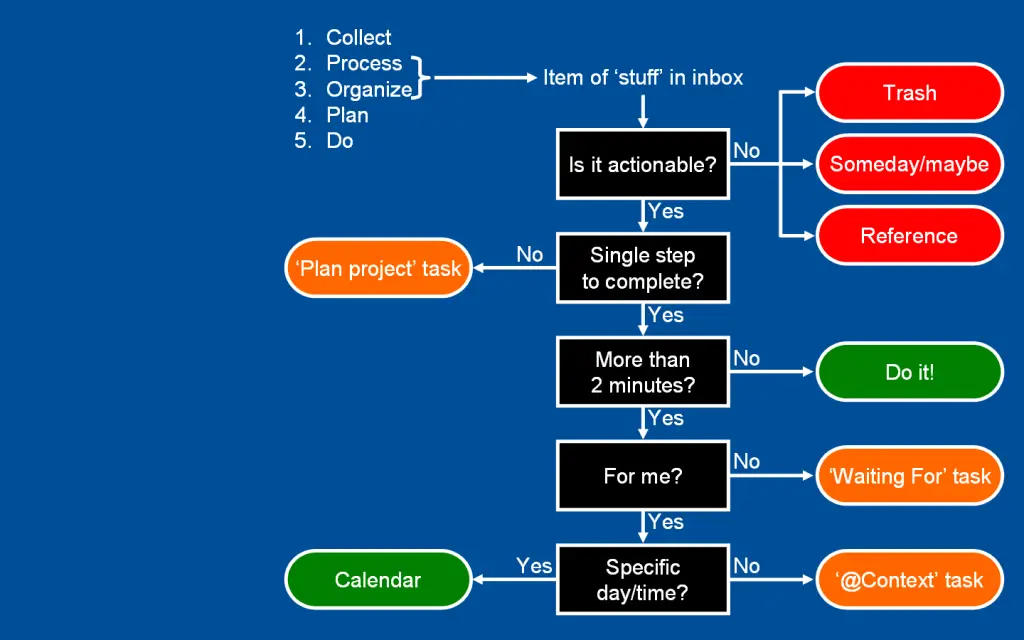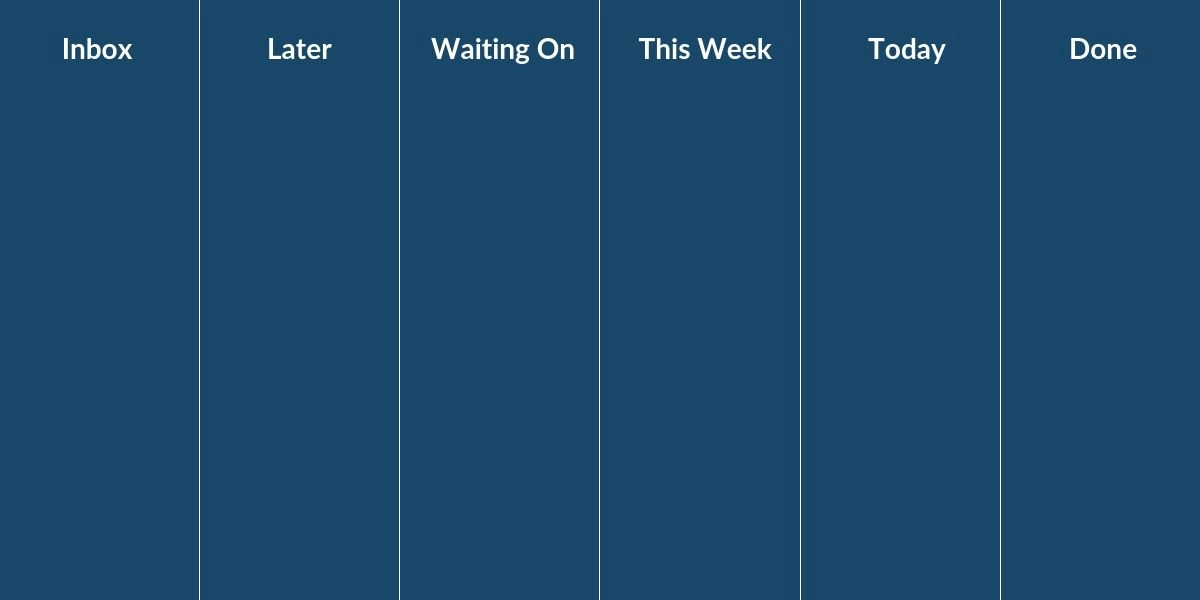7 Ways To Improve Work Performance Without Working More
You feel that you’re not giving your best. You know you could perform better. And you fear that the lack of performance could cost you your job or business.
So what comes in the way? Maybe it’s the lack of energy, motivation, focus, or confidence. But…
What if I told you that even the top-performers face the same issues? And they still manage to stay at the top by performing at their peak levels.
What if I told you that you have the potential to perform way better? As a result, you could make much more money by getting a promotion or growing your business.
What if I told you that you don’t have to work more hours to get more done? So you can finally ditch addiction to work and enjoy time off because you know you’re more productive than ever before.
The secret behind work performance is not putting in more hours. It’s about raising your performance and work capacity so you can get more done in less time while doing a better quality of work.
I’m sure you want that, don’t you?
The good news: Anyone can become a high-performer because it has nothing to do with intelligence or talent.
Here’s how you can improve your work performance and increase your productivity:
1. Never Forget The Big Picture
Productivity is not just about tweaks, hacks, tools, apps, and tips to work faster because those contribute to only a small portion of your productivity potential.
First, you must define the goal and purpose behind productivity. You can make the most productive person on Earth unproductive if you ask them to be productive for the reasons that don’t excite them.
So it’s not that you’re lazy or unmotivated, you just have to align your values, goals, and purpose with the reasons you want to be productive.
To do so, define your specific important goal, dig the reason you want to achieve that goal, identify the obstacles you’re likely to face, and get clear about the action steps you need to take. Once you’re out of the planning mode, it’s time to commit and begin.
That’s the homework you must do before becoming productive.
2. Train Like An Athlete
Every role involves key skill sets that you need to use regularly. While productivity gurus keep suggesting apps and tools to make your workflow more convenient, they rarely talk about the hard part you must do to be significantly more productive.
That hard part is to train your skills like an athlete. It could mean the deliberate practice of your key skills or the pursuit of lifelong learning.
This doesn’t mean you get into the dirty comparison game, it means you aim for mastery because of the purpose you defined in the previous step. So keep raising your standards and keep showing up to your practice or learning sessions.
3. Manage Your Energy First!
In the book The Power Of Full Engagement, Tony Schwartz and Jim Loehr say that there are four types of energy we need to maintain to perform at our best — physical, mental, emotional, and spiritual.
A big chunk of my coaching practice for high-performance is inspired by his work. There’s a lot you can do to manage your energy. Here are the key points to get started:
- Take care of the fundamentals i.e. Eat, move, sleep, breathe and recover right.
- Ride your energy waves i.e. Make use of the energy rhythms and times when you’re most productive and take breaks to recharge yourself.
- Maintain flow state by removing distractions, single-tasking, and balancing your skills and the challenge.
- Listen to your body and recover on a daily, weekly, monthly, quarterly, and yearly basis (or whichever schedule is best for you) before depleting all your energy.
- Learn to manage your emotions and stress.
I could go on and on talking about managing your energy. You can get the ultimate guide to managing your energy below for free.
[mailerlite_form form_id=14]4. Now Manage Your Time & Tasks
Before you manage your time, you must identify where your time goes. You’d be surprised to notice how much of your time is wasted on small distractions. That’s why it’s the first activity in my daily success checklist cheat sheet.
The next step is to eliminate everything that’s a waste of your time because if you want to add something meaningful to your life, you must remove what’s clogging up your time.
Don’t continue doing something simply because you’ve always done it. According to Pareto’s principle, identify the 20% of the tasks that get you 80% of the results and prioritize them above everything else. To help you do that, you can:
- Prioritize and use time-blocks to schedule the most important things in your life.
- Automatically schedule reoccurring tasks to show up consistently for getting important things done.
- Use checklists to save time and energy on reoccurring tasks.
- Create imaginary deadlines and use timers to have a sense of urgency while working to cure procrastination (study).
- Batch similar tasks together to get things done faster.
You can delete, automate or delegate the rest of the 80% of the non-critical tasks (aka time-suckers). Remember: if you don’t respect your time and energy, you won’t have it in abundance.
5. Get Tracking To Measure Productivity
You won’t know how much more productive you become if you don’t measure your productivity. Many people ask “how to measure productivity”. The answer is… it depends.
You must define your own productivity criteria, which you can tie with the purpose and goal of productivity that we defined in the first step.
Then, you must measure your actions before you measure the outcome. Actions define how much work you’re putting in, while the outcome results from your actions.
If you notice that you’re getting more done, but you still don’t see progress in the outcome, you must reflect or get feedback so you can get the right things done. That way, the outcome will match your increased productivity.
It’s up to you how you measure your actions. You can use an app, software, excel sheet, or pen and paper. Pick a method and get tracking so you can focus on what matters and celebrate your small wins!
6. Tackle The Setbacks Like A Boss
On your path of becoming more productive, you’ll encounter many obstacles including procrastination, distractions, doubt, fear, overwhelm, and so on.
But you don’t lose the battle unless you give up. You can work on developing a growth mindset, grit, stress tolerance, etc.
The obstacles exist to make you stronger, so embrace them. Instead of depending on your feelings, change your identity to show up consistently and become unstoppable.
7. Use The Productivity System That Makes Sense To You
While there are a lot of productivity systems, there’s no universal best method for everyone. We all have different needs — so pick the one you like best and get started. If you feel unsure, you can experiment and adjust as you go along. Here are a few productivity systems you can try:
a) Weekly/daily goals system by Scott H Young: A simple system of creating weekly and daily to-do lists.
b) Fixed-Schedule productivity by Cal Newport: Limiting the number of hours you work (Parkinson’s law – “work expands so as to fill the time available for its completion”).
c) The Ivy Lee Method: A way to focus on the most important task one at a time.
d) The Getting Things Done Method by David Allen: A full-blown system for organizing your life.

e) The Zen To Done Method by Leo Babauta: A simpler system than GTD.
f) The Bullet Journal by Ryder Carroll: Journal your way to productivity (or BuJoPro method by Cal Newport).
g) Personal Kanban: Organize the flow of work from start to finish.

h) The Action Method by Scott Belsky: Another productivity system for creatives to get things done.
i) MoSCoW Method: Tasks organized into Must, Should, Could and Won’t.
j) The Eisenhower Matrix: A matrix to organize your tasks.

k) Agile Results: A system focused to get you results.
l) ABCDE Method by Brian Tracy: A way of defining tasks and doing the most important task first.
m) Personal Productivity System: Your own unique productivity system. You’re the boss so experiment and find out how you work best. Here’s an example of what you can come up with:

Conclusion
Our “work more” mentality is so hard-wired that sometimes, we forget the point of productivity — to perform at your peak so you can not only produce more but enjoy your time off.
Imagine all the things you could do with the free time on your hands when you perform better in less time. You could spend time with your friends and family, work on your hobbies, start a passion project, read books, pay attention to your health and wellbeing, learn a new skill, play, or maybe just relax for a while. The time is yours to claim.
What’s next?
Claim back your energy.
Get started with the ultimate guide to managing your energy that includes my energy matrix and energy hacks to get into a peak state and perform at sky-high energy levels with a sharp focus.

